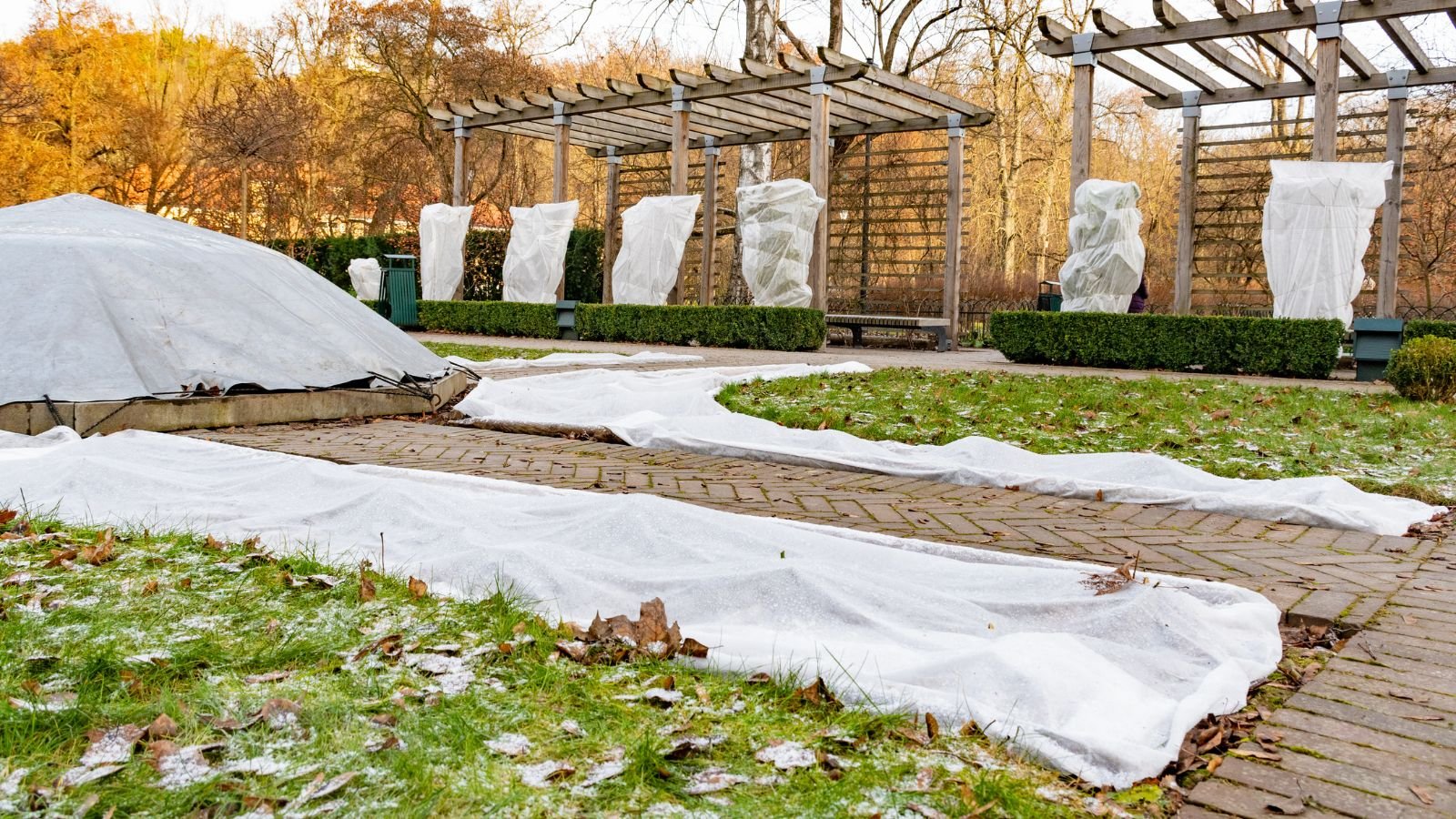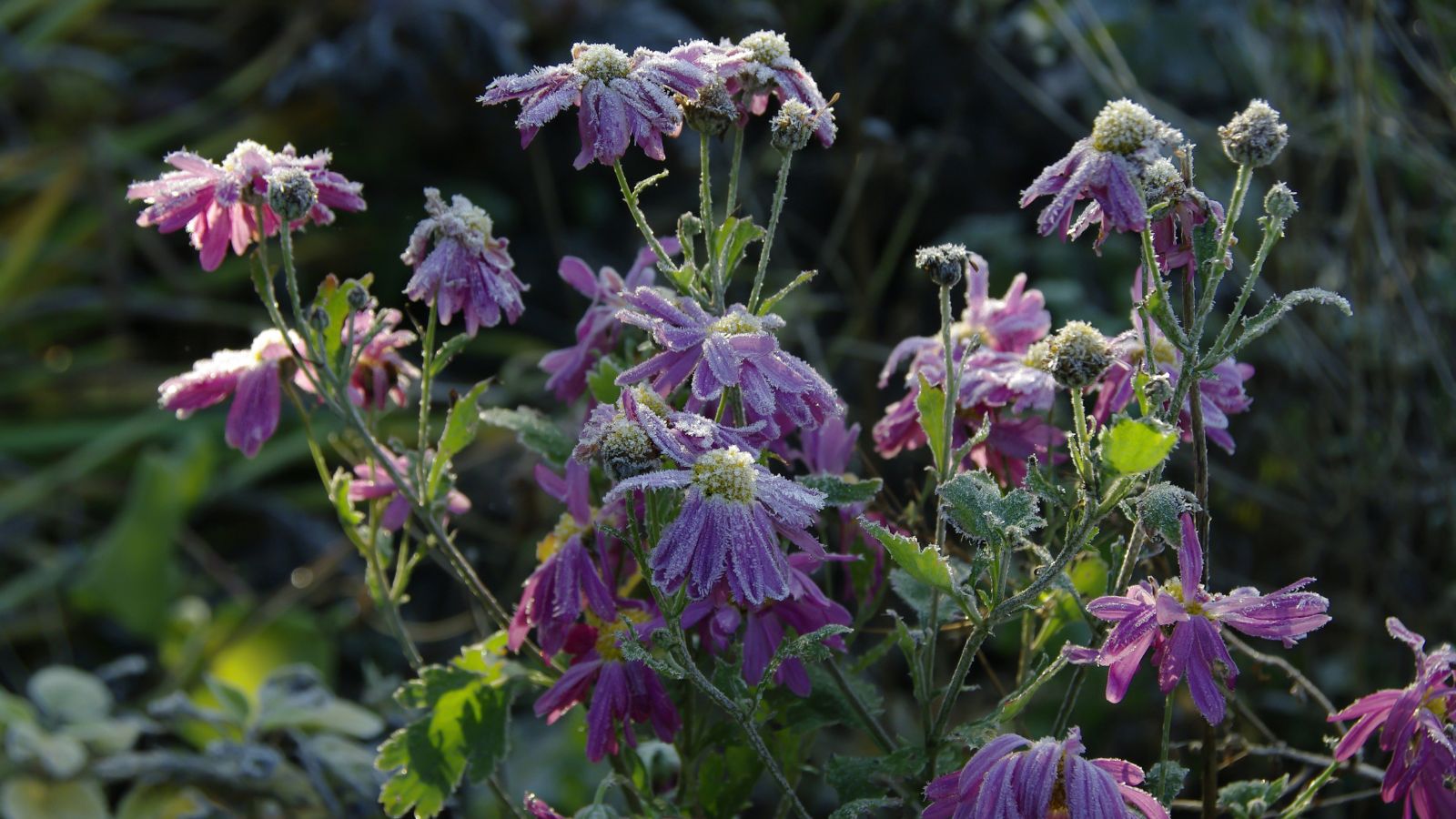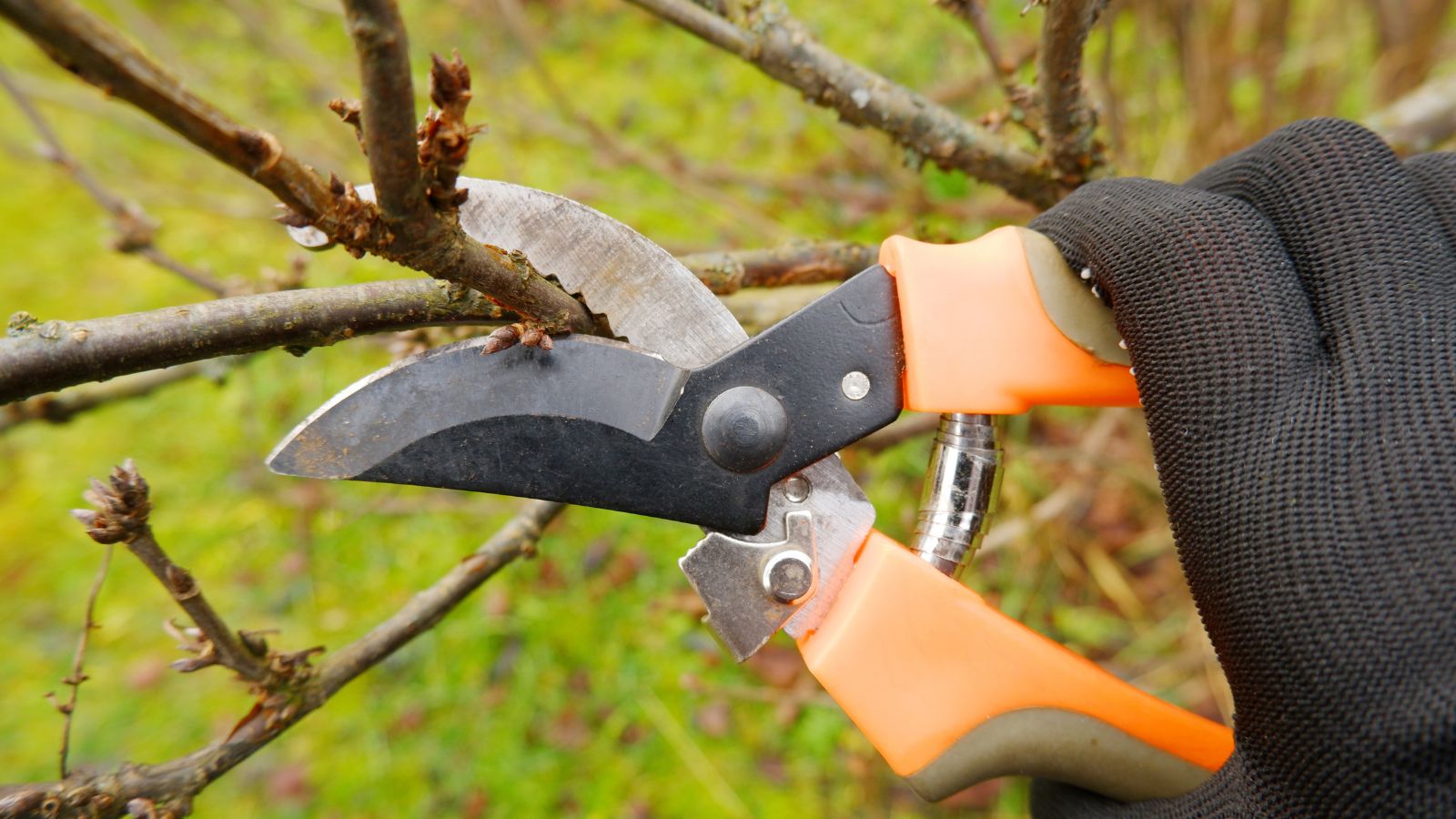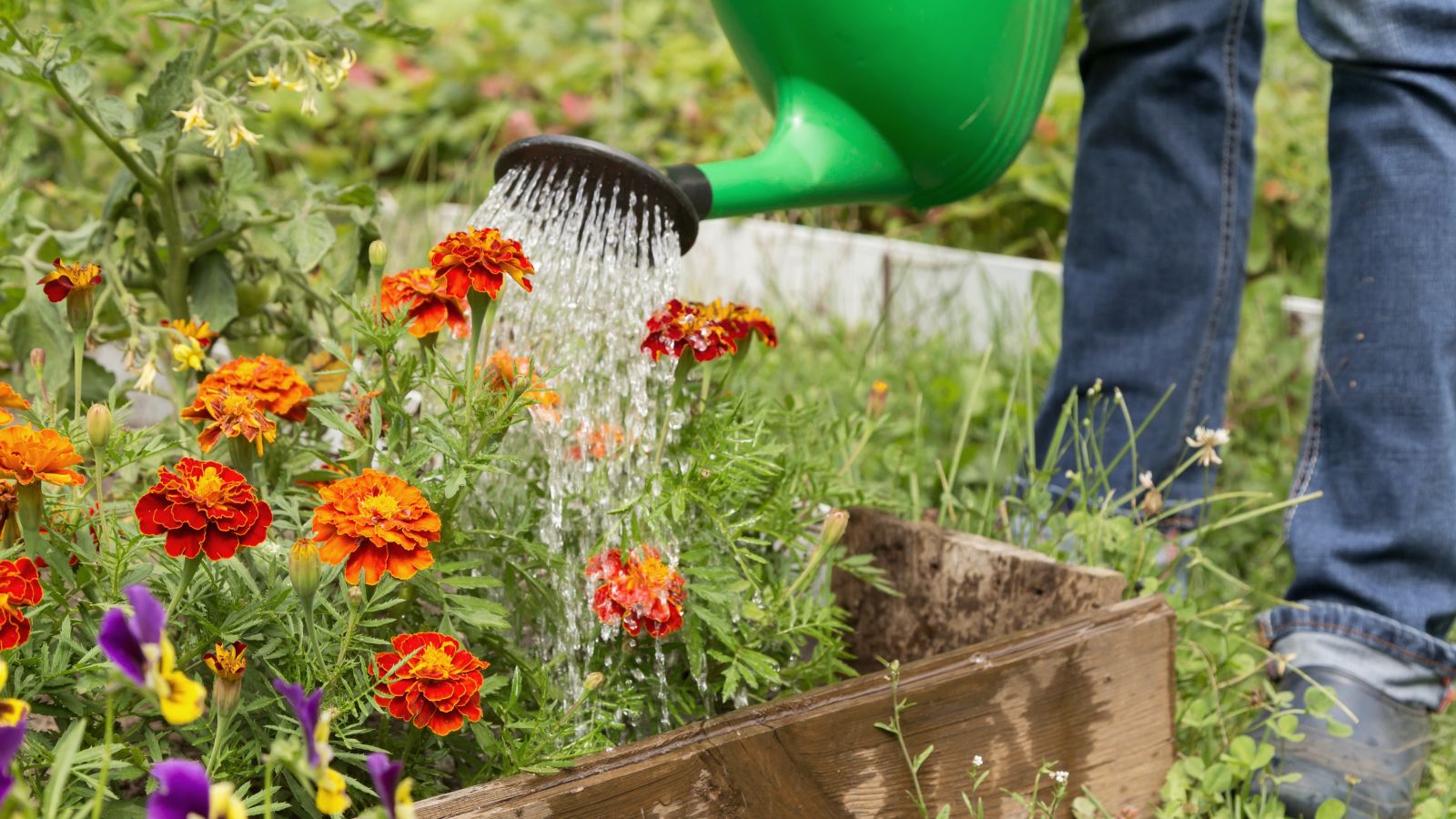Extreme weather seems to be the culprit for countless garden problems, and unusual temperatures are often to blame for plants blooming out of season. Unusually cold, hot, dry, or wet weather causes stress which can cause flowering at the wrong time. Erratic temperature fluctuations They are also one of the main reasons why trees and shrubs produce flower buds at the wrong time of year.
Flowering is initiated by hormones called phytohormones, which include gibberellic acid (GA), florigen, cytokinin, auxin and ethylene. All the complicated botanical jargon aside, these hormones help flower buds develop, open, and grow. If light, temperature or humidity conditions are altered, or if the plant is exposed to sudden stress, the hormones may not send flowering signals at the appropriate time.
Shrubs that bloom in spring sometimes they bloom out of seasonso it’s not necessarily something to panic about. But if you’ve noticed that your azaleas appear in the fall or that forsythias bloom five months early, here are some possible reasons for out of season flowers, in addition to the preventive measures you can take.
Why are my plants flowering out of season? 5 possible reasons
Unusually warm or cold seasonal fluctuations can trick our bodies into thinking it’s a different time of year than it really is. Plants are equally bewildered by seasonal variations. They can flower out of season when these unusual conditions cause disturbances in their natural rhythms.
Unusually warm fall weather
Fall is traditionally a cold time of year when plants slow their growth in preparation for winter dormancy. But if the fall weather is unusually warm, Many spring-flowering perennials can be fooled into thinking it is spring. Warmer fall temperatures mimic spring warmth after frost, triggering early flower bud development. If this happens, your shrubs and trees may not bloom next year because they have already depleted their resources.
Many species require chill hours, meaning they need a certain amount of cold weather to transition into winter dormancy and prepare for spring bud break. Cherries, pears, crabapples, and azaleas are common examples of perennials that may lose their chilling needs during an unusually warm fall.
Luckily, if only a few flowers have opened on warm days, the rest of the buds should remain inactive as the weather cools down again.
Prevention: There is little you can do to cool off the fall weather, but you can ensure consistent moisture and a temperature-modulating mulch above the soil to keep roots cooler. In warmer climates, plant species with lower vernalization (chill hour requirements) so you don’t have to worry about missing out on spring flowers and fruits.
Large temperature fluctuations

Going from an arctic winter to an equatorial summer would be a drastic change for anyone. But this big change is especially impactful for a plant that is genetically programmed to undergo certain processes at specific times of the year. Sudden temperature changes from extreme cold to extreme heat, or vice versa, it can cause plants to flower out of season.
If the weather in March is unusually warm, the buds may break prematurely and begin to bloom. But if April brings unexpected late frosts, those buds and flowers will die before they can bear fruit.
Floors Needs time to acclimatize to great changes, so any drastic change in climate will disrupt its natural cycles. Again, there’s not much you can do about the weather. However, you can help insulate your garden to prevent erratic fluctuations.
Prevention: If you see unexpected extreme low temperatures in the forecast, use frost blankets, row cloth or other cold-weather insulation to protect your plants from the cold. In extreme heat conditions, consider using shade cloth and additional watering.

TO sudden cold snap It is harmful to most tender annuals, but may not be as problematic for flowering perennials. The damage is most noticeable on plants that are already flowering. Flowers may wilt and fall before being pollinated. But if the buds haven’t broken yet, a random freezing spring or fall night shouldn’t cause much damage.
Prevention: Keep an eye on local temperatures with your own weather center. Always have the frost protection ready to deploy. If some species are already blooming out of season, you can use overhead irrigation as a last resort to freeze a protective layer of water around the flowers.
At night, before temperatures drop below freezing, turn on sprinklers and let flowers and branches become completely soaked. This method will create a surprising amount of ice insulation which can prevent the inner cells from freezing and bursting. However, if the freeze is prolonged, it will kill the buds and flowers. Therefore, you should only use this tip if you are expecting a short, sudden frost.
Alternatively, some particularly dedicated growers individually wrap the buds of roses or other high-value shrubs to protect each flower.
Physical damage and improper pruning

Severe damage to bark, branches or leaves can cause significant stress for any species. If a large branch falls off, or if animals severely damage a tree’s bark, the plant may bloom out of season or not at all.
Improper pruning can also cause physical damage that allows diseases to take hold or encourage out-of-season growth. When autumn bushes are cut back, it can promote the appearance of new stems, shoots and shoots. This tender new growth is particularly vulnerable to frost damage and can significantly affect the following year’s flowering.
Prune most fall-flowering shrubs during torpor at the end of winter. Conversely, prune most spring-flowering shrubs after they finish blooming. If a plant blooms out of season, it is usually best to wait to prune it until the right time of year to help it get back on track.
Prevention: Always take extra care to ensure clean cuts when pruning and to treat diseased branches as soon as possible. Wrap young trees or diseased specimens to protect them from animals such as deer or woodpeckers. If there is a major storm, remove loose or hanging branches to avoid disease and shredded bark.
Prolonged drought conditions

Water stress can cause all sorts of problems in the garden, particularly lack of flowers and fruit, or premature flowering and seeding (also known as flowering), which can ruin a harvest. Drought-induced flowering is most common in annual species, but lack of water can also confuse a plant to think that it is a different time of year.
For example, lilacs and crabapples typically bloom in spring, but trees exposed to long summer droughts may bloom unexpectedly in fall. Researchers of the US National Phenology Network Track these changes and observe significant increases in the unusual biological timing of plant and animal events in recent years.
Most experts agree that drought-induced out-of-season flowering is a sign that plants are trying to conserve energy. After exposure to prolonged water stress, They enter a state of torpor similar to what they might have in the winter. Flowering species may make one last effort to flower before going into a dormant state.
Prevention: Maintain seasonally consistent humidity throughout your garden and orchard. Drip irrigation and timers or irrigation from clay pots, such as pansThey are ideal for watering during holidays outside of the cold seasons. Reduced rainfall is becoming more common in most of the US, so it is very important to keep perennials hydrated year-round.
Some gardeners mistakenly stop watering in the fall, which can stress your trees and shrubs if the autumn rains are still several weeks away. Mulch is also vital for moderating soil moisture levels and conserving water during drought.

